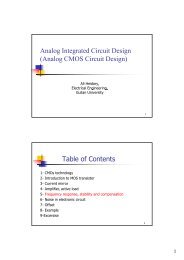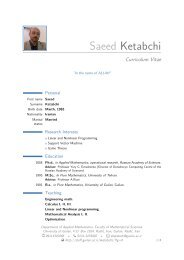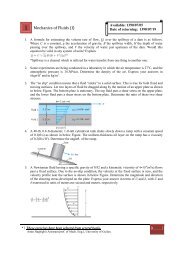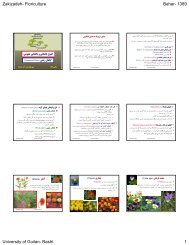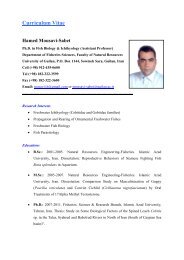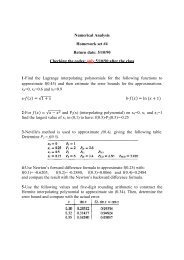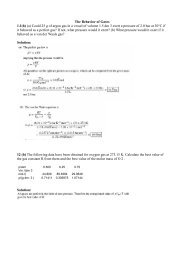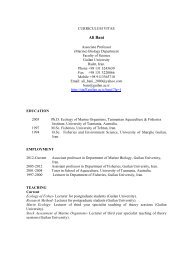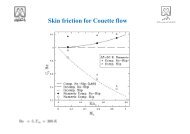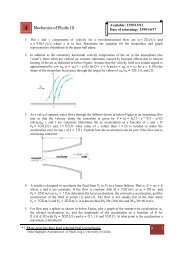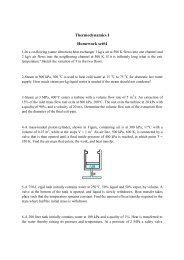Medical Tourism in Developing Countries
Medical Tourism in Developing Countries
Medical Tourism in Developing Countries
- No tags were found...
You also want an ePaper? Increase the reach of your titles
YUMPU automatically turns print PDFs into web optimized ePapers that Google loves.
60 ● <strong>Medical</strong> <strong>Tourism</strong> <strong>in</strong> Develop<strong>in</strong>g <strong>Countries</strong>Also, medical tourists compare success rates <strong>in</strong> different specialties athome and abroad. They take note of the fact that the Escorts HeartInstitute and Research Center <strong>in</strong> Delhi and Faridabad performs some15,000 heart operations every year and the death rate among patients dur<strong>in</strong>gsurgery is less than half that of most major U.S. hospitals. 83In some cases, specialization is measured by the speed with which aprocedure can be performed rather than the procedure itself. There is anecdotalevidence of cities specializ<strong>in</strong>g <strong>in</strong> medical care based on the 30-hourlayovers that airl<strong>in</strong>e crews have. 84ReputationPatients worry about problems that may arise when they travel abroadfor medical care. What if the wrong leg is amputated or the plastic surgerygoes awry? What if the patient gets an <strong>in</strong>fection or dies? Clearly, patientswill be drawn to those countries that have the best reputations for the mostsuccessful medical outcomes. One or two high profile cases of medical malpracticecan close down a hospital and nip medical tourism <strong>in</strong> the bud.An example from Ch<strong>in</strong>a illustrates this po<strong>in</strong>t. Chaoyang Hospital <strong>in</strong>Beij<strong>in</strong>g uses a unique procedure that <strong>in</strong>volves implant<strong>in</strong>g fetal cells <strong>in</strong>tothe sp<strong>in</strong>e to promote nerve-cell regeneration. 85 Some 600 patients havebeen treated s<strong>in</strong>ce 2001 (at a price of $20,000 for foreign patients and$3,700 for Ch<strong>in</strong>ese). However, <strong>in</strong> 2006 a group of North American scientistsrefuted the technique, claim<strong>in</strong>g it has side effects and no provenbenefits. Allegations of scientific misconduct are rampant as the Ch<strong>in</strong>eseaim to elim<strong>in</strong>ate negative publicity. The implications for science andmedic<strong>in</strong>e are great, as are the implications for profits and medicaltourism.Quasi-Perfect Information: The Dissem<strong>in</strong>ation of MT InformationIn the twenty-first century, Western patients are <strong>in</strong>creas<strong>in</strong>gly tak<strong>in</strong>g theirillnesses <strong>in</strong>to their own hands. They do so because they can, s<strong>in</strong>ce globalizationhas made <strong>in</strong>formation readily accessible as never before. They also doso because their medical systems are under stress as demand for physiciantime exceeds supply. As a result, patients are research<strong>in</strong>g their illnesses andsuggest<strong>in</strong>g treatment options to the doctors <strong>in</strong> a bizarre form of reversedoctor<strong>in</strong>g. Such active participation by patients has been simultaneouslycalled a doctor’s best dream and worst nightmare.Given this proclivity to be proactive <strong>in</strong> medical care, potential patientsseek out <strong>in</strong>formation about locations, procedures, and specialties. How dothey f<strong>in</strong>d it?





